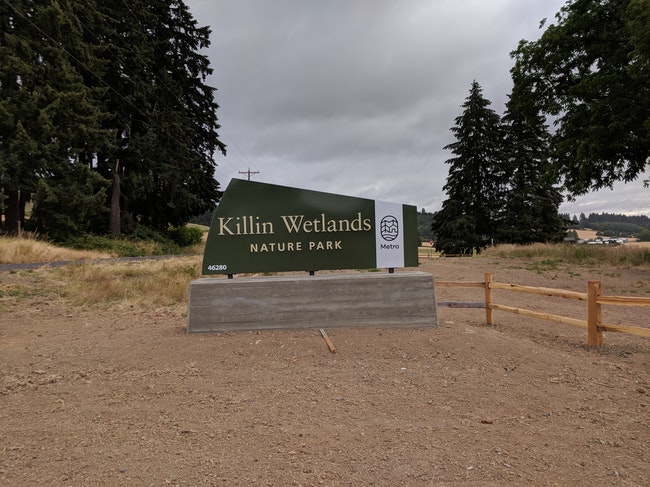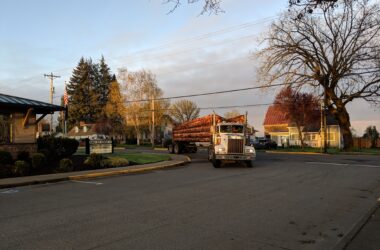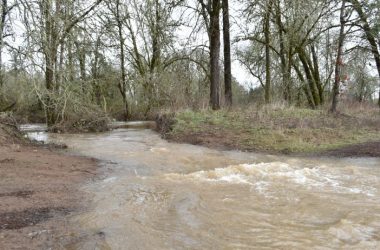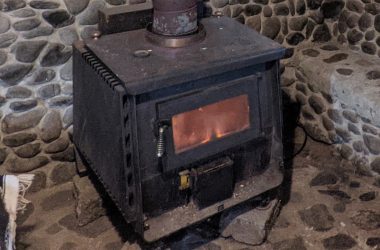The Metro-owned property between Banks and Gales Creek betwixt Highway 6 and Cedar Canyon Road grew by 52 acres, Metro said in a press release, adding to the natural area connected to a public park opened there in 2018.
More than one square mile—or 640 acres—of peat soil wetlands is now owned by the regional government covering most of the Portland Metro area.
Known as the Killin Wetlands, the unique natural site is located outside of Metro’s boundaries.
The Killin Wetlands Nature Park is a smaller portion of the site, which has trails, interpretive signs, and more, surrounded by the Killin Wetlands Natural Area, which is where the new acreage was added.
Metro purchased the additional acreage for $465,000 with funds from a 2019 bond passed by voters in the Portland Metro area.
“Killin Wetlands is one of the few remaining peat wetlands in the region. It is also home to one of the few known natural populations of Geyer willow in the Willamette Valley. Seeds from Killin have been used to reintroduce the willows to other sites in the region,” Metro staff said in a press release.
“Peat soil is made when the leaves from pond lilies, willows and other wetland plants sink to the wetland floor and then partially decompose. Think of it like wetland compost: it’s dark and rich, light and spongy. This process draws carbon out of the atmosphere and stores, or sequesters, it in the wetland. Forests are the most celebrated carbon sequesters, but wetlands store even more carbon in their peaty bottoms, and that carbon is much less vulnerable to being released back into the atmosphere during a wildfire,” Metro said.
Of the 52 newly purchased acres, 35 are considered wetlands.
“The additional protection of peat wetland acres add to the huge bank of land out there that. … [It] acts as one of the planet’s most efficient carbon sinks, capturing carbon in plant material that is steadily buried in the soil,” said Curt Zonick, a former Metro scientist who managed restoration at Killin for more than twenty years.
Thanks to the peat soil from the wetlands, the area was prime farmland, and was largely converted to farm use in the mid-1800s. Today, much of the wetlands resembles a lake thanks to historic farm use that drained and collapsed the dried-out peat soil. Beaver dams and lodges also trapped water at Killin, filling the lowered elevation with water. Over time, Metro said, leaves and stems and plant matter will slowly build back the peat, remaking the region over the next century.
Part of the purchase includes land at a higher elevation that will be restored to an oak savanna habitat, a type of habitat that dotted the Willamette Valley before the area was colonized by American and European settlers.
The higher elevation area that will be restored juts into the wetlands, creating a peninsula. Zonick said that the site could attract western pond turtles, a threatened species found at Killin Wetlands.
“It’s a great place for turtles to lumber out of the swamp and bury eggs that will stay dry until hatched,” Zonick said.

Chas Hundley is the editor of the Banks Post and sister news publications the Gales Creek Journal and the Salmonberry Magazine. He grew up in Gales Creek and has a cat.






